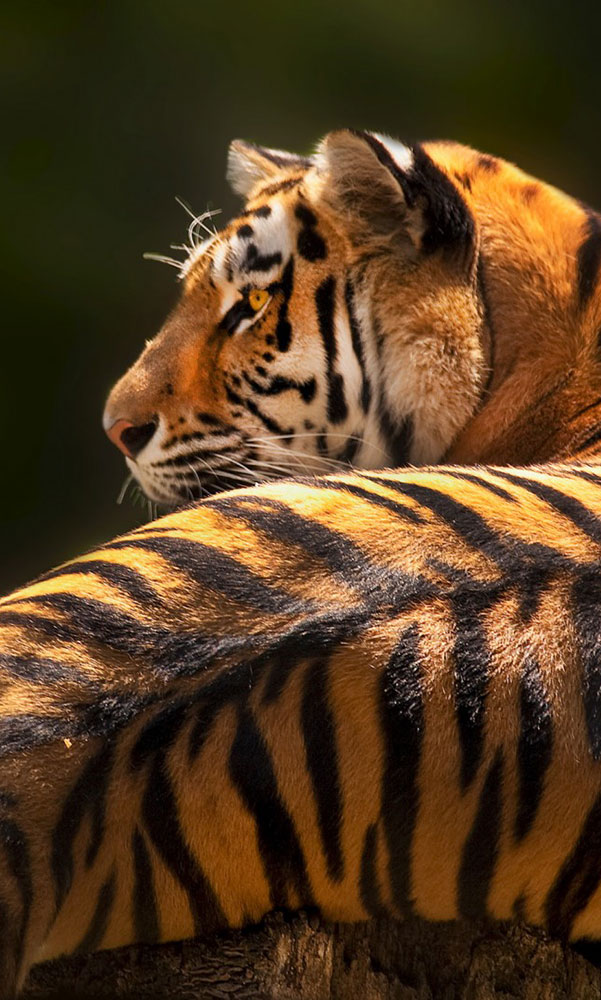
The Zoo is home to a red panda named Raji. Born in July 2022, Raji arrived at the Zoo in winter 2023 from the Rosamond Gifford Zoo in Syracuse. Raji’s face markings are predominantly red. The red panda habitat is located next to the Animal Hospital.
Although technically omnivores, red pandas are primarily herbivores and prefer to feed on bamboo leaves and shoots. They will also eat berries, blossoms, the leaves of other plants, and occasionally bird eggs, insects, and small rodents.
International Union for Conservation of Nature (IUCN) Red List status
They prefer cool temperate climates in deciduous and coniferous forests. These forests are vital for red panda survival, since they are an arboreal species.
The biggest threat to this species is deforestation, which eliminates nesting sites and sources of food, and isolates populations into small fragments. They are also poached for their fur, and are becoming increasingly popular in the pet trade.
